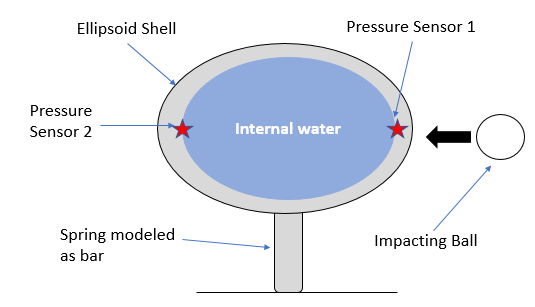-
-
September 30, 2021 at 7:15 pm
AaronJackson21
SubscriberHi everyone,
I am trying to create a simulation to verify the following experiment: a 3D printed ellipsoid shell is filled with water and attached to a spring which is fixed to the ground (See image 1). We have positioned pressure sensors on the internal shell wall in both the coup and contrecoup regions (this experiment has to do with correlating impact acceleration to internal pressure for investigation of traumatic brain injury). Our ellipsoid shell is then impacted with a mass attached to a pendulum and the corresponding internal pressure values are recorded.
I am trying to model the fluid structure interaction of the internal fluid when the ellipsoid is subject to an impact from a ball (see image 2). So far I have been trying to use the ALE method (defining solid bodies as Lagrangian and fluid bodies as Eularian), but I am seeing unexpected results where the internal fluid compresses when in contact with a Lagrangian body and the aft fluid region does not deform at all (see attached GIF).
My questions are the following:
- Is the ALE method the correct approach for such a problem - and if so, are there any specific settings I need include other than basic Euler domain controls in analysis settings?
- Why is my fluid body not behaving as a fluid contained within the shell? - is there a certain element type of water material definition I should be using? (I am currently defining water based on a Explicit Dynamics example for a soda can being crushed where E=1.32Pa, and Poisson=0.4999)
- Is there another solver out there that can give me similar results that may be easier to implement?
- I am starting to look into the HSFLD241/242 hydrostatic elements, but my APDL skills are weak. Would this be a good avenue to pursue?
Any suggestions on how to model the impact (or just a force input) and resulting hydrostatic pressure wave propagation and FSI would be greatly appreciated.
Thanks,
Aaron
October 1, 2021 at 1:36 pmErKo
Ansys EmployeeHi
Yes, the first one is the material. See below for water (just isotropic linear to start with).
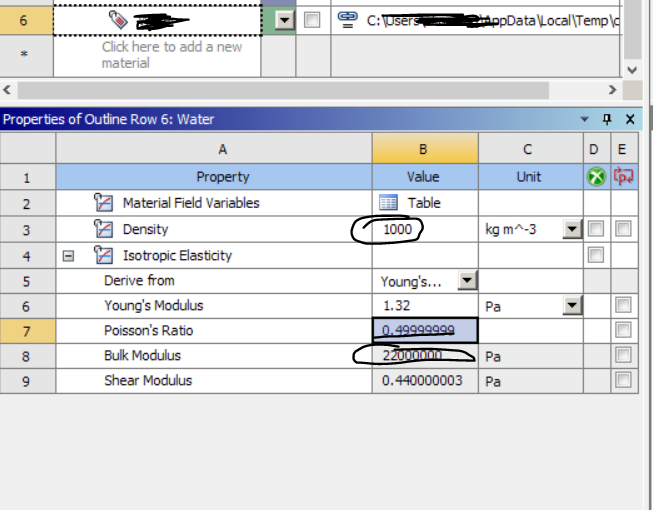
The second one is the interaction. So suppress all contacts and insert only a body interaction.

As for apdl, the fluid elements (HSFLD241/242) will not capture the wave propagation in the fluid.
You might want to look at a acoustic element (using the coupled physics transient system in 2021 R2), but that assume that their is not too much force that you expect a lot element deformation on the structure and fluid (acoustic elements can not cope with that).
If there is too much deformation then I think Explicit is good, also Ls-Dyna it could be possible to use the acoustic elements for the fluid, but again it assumes that they will not distort too much.
Also see LS-Dyna with the new S-ALE capabilities (perhaps colleagues can expand on that) could help.
Thank you
Erik
All the best
Erik
October 1, 2021 at 5:03 pmRam Gopisetti
Ansys EmployeeLSDYNA has more capabilities in modeling direct human skull with Brain (SUFEHM) You can also do via THUMS and collect the injury HIC variables along with the pressure inside the brain.
your approach
i have implemented two methods, Lagrangian,SPH
 i have used SPH as it was tailored to address Fluid structure interactions and you can expect large deformations as well( as the formulation will allow for it)
i have used SPH as it was tailored to address Fluid structure interactions and you can expect large deformations as well( as the formulation will allow for it)
my probe locations are as follows
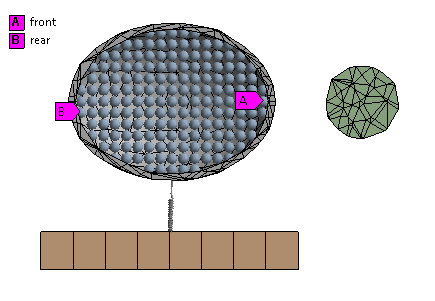
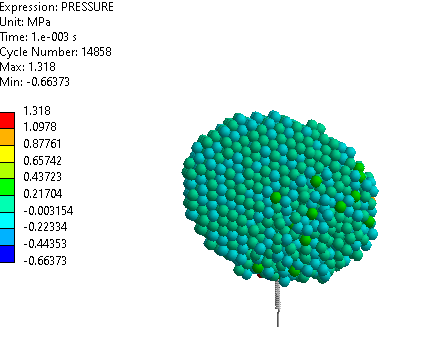
my results of pressure using the pressure as expression are as follows
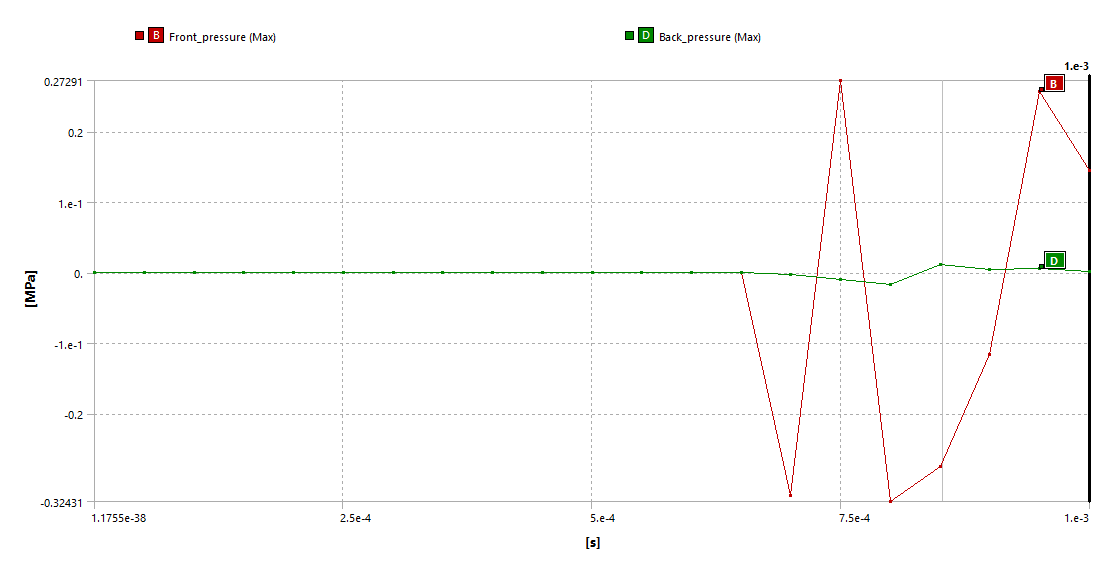 you can reduce the particle size for further refinement you can tune the curves.
you can reduce the particle size for further refinement you can tune the curves.
your questions
1)ALE is also suits for these simulations involving the fluids interactions.
2) perhaps, your material model is not good enough, try with inbuilt materials (WATER, WATER2, WATER3) in explicit dynamics library
3) LSDYNA does a good job as alternative to explicit dynamics.
4)you don't need such elements but you can explore.
cheers, Ram
October 1, 2021 at 5:34 pmAaronJackson21
Subscriberthank you for a great reply. I will explore using WATER, WATER2, and WATER3 in my current model and see how the results change. Currently I am using Explicit Dynamics so I do have a question regarding LS-Dyna - I have verified that I have an Academic Research LS-Dyna License so I have added LS-Dyna on my workbench through the "Manage Extensions" tab. This puts LS-Dyna Workbench in my design tree. Opening this and trying to set up my model I have 2 options for my reference frame - Lagrangian and Eulerian(Virtual). When I try and define my fluid as Eulerian a question mark is put beside the geometry name and an error occurs stating I do not have the proper license. Is this actually the case, or is there perhaps another extension I need to add? Additionally, I do not see any option to define my fluid body as a SPH model.
Again, any help or direction would be greatly appreciated.
Thanks, Aaron.
October 2, 2021 at 6:57 amErKo
Ansys EmployeeHi
and
be careful with the sph approach as it might not capture the pulse wave propagation.
See the below, which is a study from us:
All the best
Erik
Viewing 4 reply threads- The topic ‘Capturing Internal Hydrostatic Pressure Response of a Fluid Contained Shell’ is closed to new replies.
Innovation SpaceTrending discussionsTop Contributors-
4623
-
1535
-
1386
-
1215
-
1021
Top Rated Tags© 2025 Copyright ANSYS, Inc. All rights reserved.
Ansys does not support the usage of unauthorized Ansys software. Please visit www.ansys.com to obtain an official distribution.
-


Ansys Assistant

Welcome to Ansys Assistant!
An AI-based virtual assistant for active Ansys Academic Customers. Please login using your university issued email address.
Hey there, you are quite inquisitive! You have hit your hourly question limit. Please retry after '10' minutes. For questions, please reach out to ansyslearn@ansys.com.
RETRY
